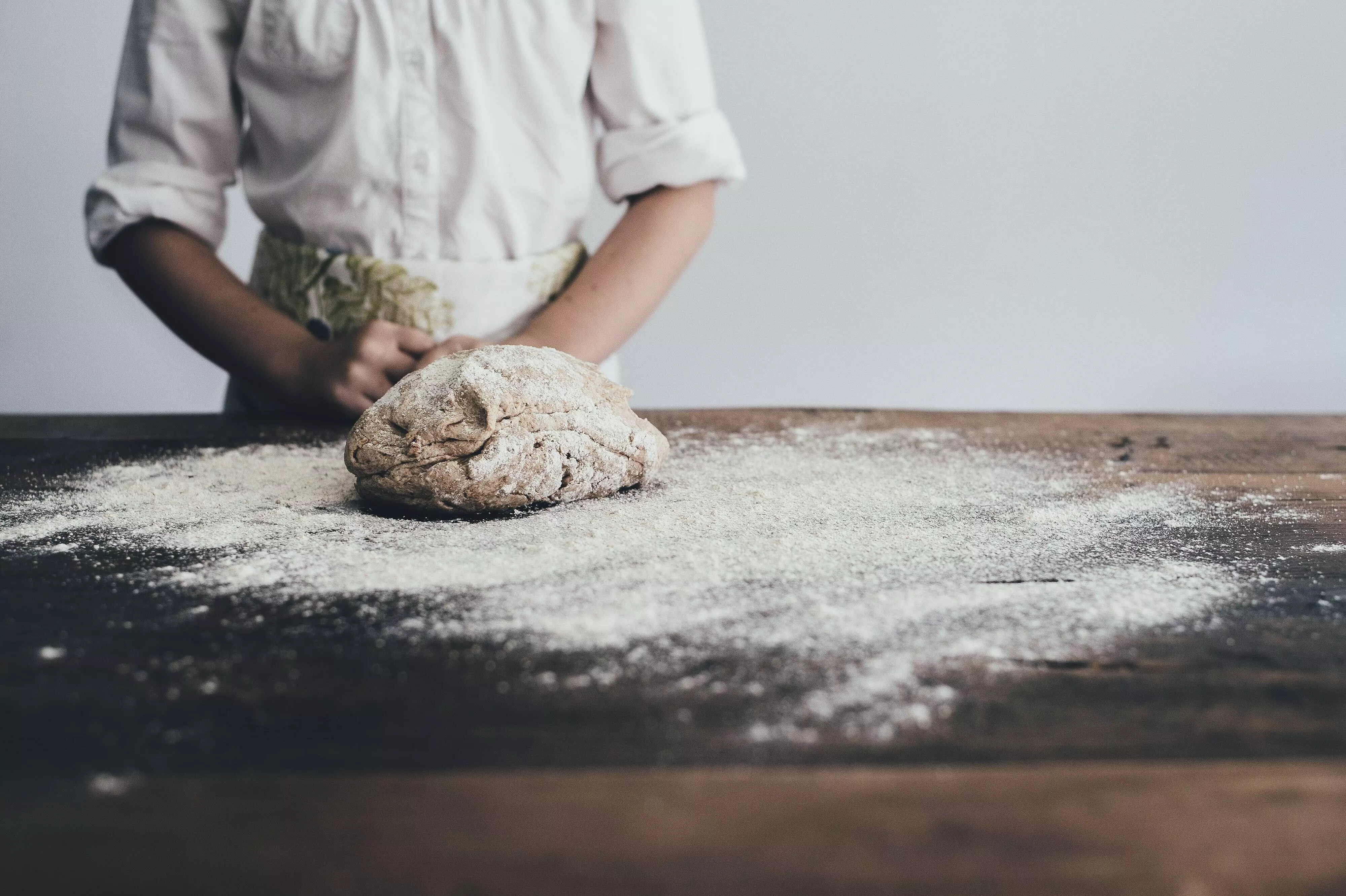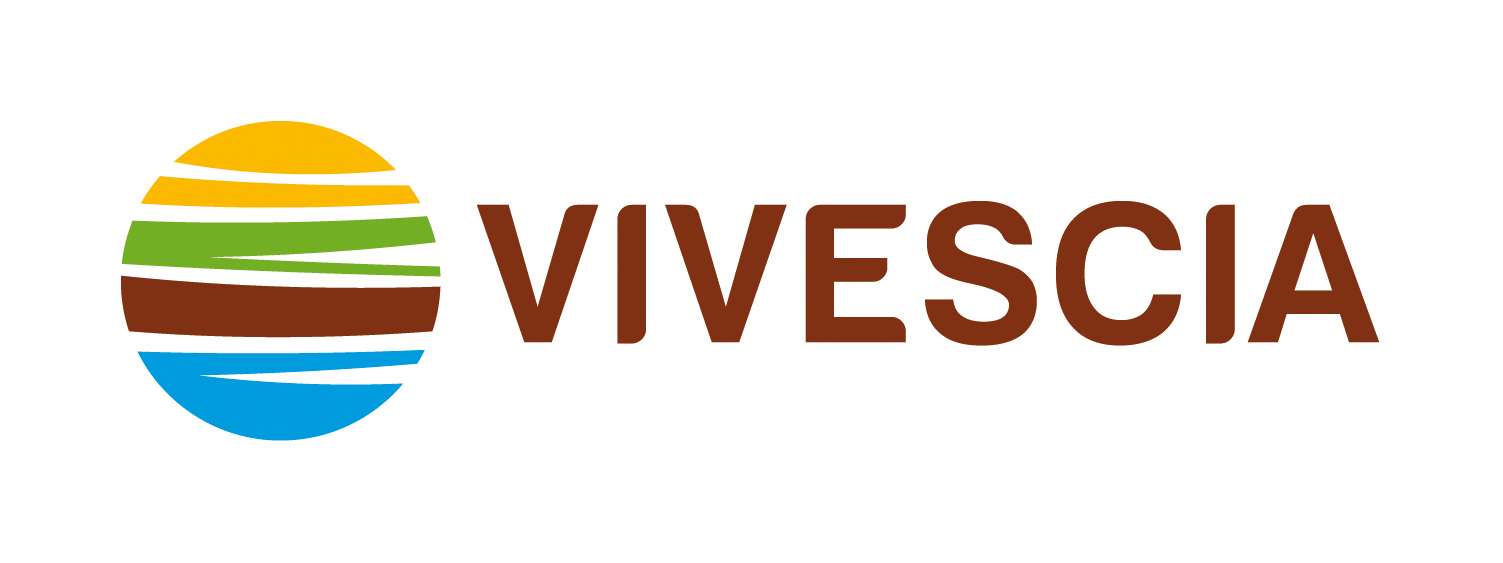Synthèse
In the French flour market post-2020, there has been a stabilization of national production at 3.96 million tonnes, yet with an increasing reliance on imports which outstripped exports (269,000 tonnes vs. 186,000 tonnes). The milling sector, adapting to shifts in consumer preferences, saw a heightened demand for specialty products such as organic, gluten-free, and artisanal breads, due in part to the containment period during the COVID-19 pandemic when flour sales soared (+135%). The market structure is highly concentrated, with a significant number of mills declining from 381 to 316 in 2022, led by large producers capturing over 65% of market sales.
The organic flour segment has experienced substantial growth, with production jumping from 87,000 tonnes to 155,000 tonnes in 2022, holding a 24% share of total flour expenditure. Nevertheless, fluctuating wheat prices, which peaked at €437 per tonne in May 2022 and later fell to €216 per tonne in December 2023, have posed challenges, leading to highly innovative strategies within the industry to differentiate and upscale offerings. Regulations have evolved with the flour tax initiated in 1962 being abolished, further shaping the competitive landscape.
Major players such as Francine (Vivescia) dominate certain segments like the one-kilogram flour market despite facing rising competition, and trends indicate a focus on domestic, quality, and environmentally responsible products.
Trends in the Flour Market in France
The French flour market is witnessing transformative changes, responding to various economic pressures, evolving consumer preferences, and market structures. France's milling sector, which is at the heart of the flour industry, has been grappling with a trade imbalance, with higher imports exceeding exports. In 2022, imports hit about 270,000 tonnes while exports hovered around 185,000 tonnes. A considerable bulk of these imports come from Germany, indicating France's reliance on external flour sources. Flour production in France has shown stability, with an output amounting to nearly 4 million tonnes, predominantly using locally sourced wheat.
Despite this production, France leans heavily on upscale flour imports for supermarket retail, illustrating the need for domestic innovation and adaption to market shifts. Bread consumption in France, which has been historically robust due to the nation's strong bread culture, is now on a downtrend with changes in dietary habits.
The demand for a plethora of bakery products, notably specialty, organic, and gluten-free options, has surged due to health and wellness trends. This shift reflects in the type and quality of flour demanded within the industry. The organic sector is also reshaping the landscape, with organic flour now accounting for nearly a quarter of the total flour expenditure. In light of the COVID-19 pandemic, consumer attitudes have pivoted more toward sustainable and ethically produced food options, propelling the organic flour segment forward despite financial headwinds.
From the production side, the French flour market is notably consolidated. The milling industry has reduced its number of units from above 380 to approximately 320, a decrease of around 17%, in 2022. A few leading players control a significant market share, with companies like Vivescia and Axéréal among the dominant names.
Consumer behavior during the COVID-19 lockdowns further exemplifies the evolving flour market. There was a notable spike in sales, with an increase of over 130% in one-kilo flour bags, as people began baking at home more frequently. Although after the lockdown, the sales growth returned to regular levels, the event emphasized the necessity for adaptive strategies in distribution and supply chain resilience. Concurrently, flour prices are closely tied to soft wheat prices, which have shown volatility influenced by international demands and market fluctuations. The pandemic seemed to have heightened consumers' focus on value, pushing priorities such as local sourcing, nutritional quality, and fair farmer compensation to the forefront of the flour production discourse.
The Main Protagonists of France's Flour Market
The milling market in France, a fundamental segment of the country's venerable culinary tradition, is characterized by the presence of several key players who have shaped the narrative of flour production and distribution. These entities not only encapsulate the spirit of France's rich baking heritage but also reflect the dynamic nature of the market, adapting to the ever-evolving tastes and demands of the discerning French consumer.
- Vivescia stands out as a prominent cooperative group with its specialized subsidiary, Les Grands Moulins de Paris, spearheading operations. They have undeniably left an imprint on French kitchens with their iconic brand Francine, which has become a household name. Francine's ubiquitous presence is complemented by other esteemed product lines, including Campaillette and Copaine, which cater to various baking needs from domestic artisan bread to gourmet pastries.
- Axéréal, another cooperative giant, operates through subsidiaries like Axiane Meunier and Dijon Céréales Meunerie, boasting esteemed brands such as Banette, La Croquise, and Lemaire. Their product range showcases the cooperative's commitment to marrying tradition with innovation, delivering quality flour to bakers and households alike.
- The cooperative Terrena injects a dose of sustainability and authenticity into the milling market with Évélia, Moulins Centre Atlantique, and Grand Moulin de Ballan. Their brands l'Ami du Village, Melbio, and Festival des pains echo the cooperative's mission to connect consumers more closely with their food’s origins through initiatives like La Nouvelle Agriculture.
- Shifting focus from cooperatives to private groups, Soufflet emerges with a significant footprint through Les Moulins Soufflet. Their diverse brand offerings such as Baguépi, Mèlior, and Parisette signify Soufflet's deep-rooted expertise in milling, catering to both traditional tastes and modern preferences.
- Lastly, the private group Advens through its milling arm Advens Mills showcases innovation with its brands Banou and Mèlix. They provide shoppers and professionals with options that range from classic flour varieties to specialized blends suited for a wide range of culinary applications.
Altogether, these major players create a lively marketplace full of variety, quality, and tradition. They are the custodians of France's milling legacy, each contributing their distinct flavors to a rich tableau of French gastronomy. As diverse as their products may be, they
à la compréhension de ce marché
Détail du contenu
 Informations
Informations
- Nombre de pages : 30 pages
- Format : Version digitale et PDF
- Dernière mise à jour : 18/12/2023
 Sommaire et extraits
Sommaire et extraits
1 Market overview
1.1 Definition and scope of study
The market study on flour in France opens against a backdrop of profound transformations and major economic challenges. In 2022, the French milling sector, central to the flour industry, experienced a pivotal period marked by an unfavorable trade balance and rising production costs. National flour production stabilized at 3.96 million tonnes, mainly from French wheat, reflecting post-COVID-19 recovery and notable resilience. However, the French milling industry is facing a significant trade imbalance: with imports reaching 269,000 tonnes against 186,000 tonnes of exports in 2022, France is relying more heavily on imports, mainly from Germany and destined for supermarkets. This underscores the urgent need to innovate and adapt to new market dynamics, particularly in terms of consumer preferences, energy costs and environmental constraints.
In addition, it is essential to consider bread consumption in France, a key determinant of flour demand. Historically, France has been renowned for its bread culture, with high per capita consumption. In recent years, however, there has been a trend towards diversification in eating habits, directly influencing demand for flour. Consumers are increasingly turning to a variety of bakery products, including speciality, organic and gluten-free breads, in response to health and well-being concerns. These changing preferences have an impact on the composition and quality of flour demanded by bakers and the food industry.
Health and environmental considerations also play a crucial role in flour demand. Consumers are increasingly sensitive to sustainable agricultural production methods and the origin of ingredients, favoring flours from organic and local agriculture. These trends translate into increased pressure on flour producers to adapt to these new demands, while managing the challenges of production costs and global market uncertainties.
In addition, global economic dynamics,such as inflation and raw material price volatility, have a strong influence on the cost structure in the milling sector. Effective management of these factors is crucial to the competitiveness of French producers on the international market.
1.2 The global flour market
The world flour market is largely dependent on international cereal production, particularly wheat. Despite the difficult economic context, cereal production in **** reached an all-time high of **** million tonnes of cereals produced, including *** million tonnes of wheat.
World cereal and wheat production World, **** - ****, tonnes FAOSTAT
on a global scale over the ...
1.3 France, a major flour producer
France is considered the second-largest flour producer in Europe and the tenth-largest in the world, with *.** million tonnes of flour to be produced by ****. The flour milling sector currently comprises *** production units and directly employs some *,*** people. French flour production has nevertheless seen a slight decline since ****, notably due to the ...
1.4 In France, the milling sector is increasingly import-oriented
France's flour trade balance has been affected in recent years, particularly in ****. France has imported more flour than it has exported since ****. In ****, flour imports reached ***,*** tonnes, while exports amounted to ***,*** tonnes. Most of this trade is with the European Union, Germany being the main source of imports, particularly for bagged ...
1.5 Flour, a key product of the containment period
In addition to pasta and rice, the French also flocked to flour during the period of confinement. Indeed, the fear of running out of essential products such as bread, combined with changing habits that are prompting the French to cook more for themselves, led to an explosion in the consumption of ...
2 Demand analysis
2.1 Flour, an essential product with multiple uses
Flour is a fundamental ingredient with a wide range of applications. The major sectors for which flour is used include artisan bakeries and pastry shops, which account for **% of production, and the food industry, which accounts for **% of consumption.
Main flour outlets in France France, ****, in France AgriMer
2.2 Bread consumption, an important determinant of flour demand
French bread consumption is a major determinant of flour demand. Flour provides fermentable sugars used by yeast and proteins (***) essential to the elastic texture of bread dough. While bread remains an essential part of French cuisine, it should be noted that its consumption is in sharp decline. Between **** and ****, daily bread ...
2.3 Organic flour: a trend confirmed by the COVID crisis
Organic flour accounts for **% of total flour expenditure on average between **** and ****.
Organic expenditure by product, in % (***) France, ****-****, in % (***) Source: ****
Organic flour production has increased significantly, rising from **,*** tonnes to ***,*** tonnes in ****. However, this growth has levelled off in ****, due to the challenges faced by the organic sector, notably inflation ...
2.5 Analysis of France's favorite flour brands
In ****, although Francine will have the largest market share, Alsa will remain the favorite brand of the French.
France's favorite flour brand France, ****, % of total Source: ****
In ****, flour brands are clearly more popular with women. French people's favorite flour brand by gender France, ****, in Source: OpinionWay Panel Young adults aged ** to ...
3 Market structure
3.1 A simplified structure for milling in France
3.2 Highly concentrated production
French flour production is highly concentrated. Between **** and ****, the number of mills (***) in France fell from *** to ***, representing a **% drop in French flour production units. The main reasons for this decline are the low competitiveness of French flour on international markets, and the economies of scale achieved by large-scale producers.
Population ...
3.3 Flour distribution channels
French flour is largely distributed via artisanal bakeries and patisseries, which purchase most of their flour in ** kg bags directly from mills or from specialist wholesalers.
Indeed, as can be seen from the graph below, this distribution channel accounts for almost **% of domestic production. Sales of one-kilogram sachets via supermarkets and ...
4 Offer analysis
4.1 A standardized flour offering
The chart shows that, in France in ****, wheat flour production will dominate the sector with **** million euros. Mixes and doughs for preparation follow at *** million euros, then milling by-products at *** million euros, and finally flours from cereals other than wheat and meslin at *** million euros.
French flour production structure France, ****, in ...
4.2 The household offer is dominated by a leader, Francine
The Francine brand dominates theone-kilogram flour offer. Francine (***) has almost **% of market share in this segment, followed by the various private label products, which have **.*% of market share by value. However, Francine, formerly France Farine, has long enjoyed a near-monopolistic position in the one-kilogram flour sachet segment. Founded in **** by * French ...
4.3 The price of soft wheat remains the main determinant of flour prices
Wheat prices are currently highly volatile, affected by growing demand and strong competition from Russia. This volatility is particularly marked by Chinese purchases of American wheat and tenders from several countries. Although Russia is proving highly competitive, the outcome of Algerian tenders remains uncertain. In France, port activity is picking up ...
4.4 Innovation at the heart of differentiation strategies
The maturity of the flour market in France, combined with low margins, is forcing the various players to initiate differentiation strategies through innovation. Indeed, French millers need to initiate upmarket strategies to renew demand and offer higher-quality products. In addition, organic and local products have become crucial issues for French millers. ...
5 Regulations
5.1 The framework for flour production in France
Flour production is regulated by national legislation, which obliges mills that crush soft wheat for human consumption to hold a quota that constitutes a right to exercise the profession and a crushing ceiling that must not be exceeded over the calendar year. This crushing capacity can be increased by acquiring or ...
5.2 The 2019 Finance Law provided for the abolition of the flour tax
Existing since ****, this tax had already been called into question by the Cour des Comptes, which considered that it mobilized customs resources without justification. The Association Nationale de la Meunerie Française had also strongly criticized it, considering it a threat to the future of milling in France.
The levy was ...
6 Positioning the players
6.1 The positioning of French milling players
- Vivescia
- Soufflet Groupe
- Axéréal
- Terrena (Coopérative)
 Liste des graphiques
Liste des graphiques
- Production mondiale de céréales et de blé
- Principaux exportateurs mondiaux de farine
- Les principaux débouchés de la farine en France
- Production française de farine
- Solde commercial des échanges extérieurs de farines *
Toutes nos études sont disponible en ligne et en PDF
Nous vous proposons de consulter un exemple de notre travail d'étude sur un autre marché !
Dernières actualités
Entreprises citées dans cette étude
Cette étude contient un panorama complet des entreprises du marché avec les derniers chiffres et actualités de chaque entreprise :
 Choisir cette étude c'est :
Choisir cette étude c'est :
Accéder à plus de 35 heures de travail
Nos études sont le résultat de plus de 35 heures de recherches et d'analyses. Utiliser nos études vous permet de consacrer plus de temps et de valeur ajoutée à vos projets.
Profiter de 6 années d'expérience et de plus de 1500 études sectorielles déjà produites
Notre expertise nous permet de produire des études complètes dans tous les secteurs, y compris des marchés de niche ou naissants.
Notre savoir-faire et notre méthodologie nous permet de produire des études avec un rapport qualité-prix unique
Accéder à plusieurs milliers d'articles et données payantes
Businesscoot a accès à l'ensemble de la presse économique payante ainsi qu'à des bases de données exclusives pour réaliser ses études de marché (+ 30 000 articles et sources privées).
Afin d'enrichir nos études, nos analystes utilisent également des indicateurs web (semrush, trends…) pour identifier les tendances sur un marché et les stratégies des entreprises. (Consulter nos sources payantes)
Un accompagnement garanti après votre achat
Une équipe dédiée au service après-vente, pour vous garantir un niveau de satisfaction élevé. (+33) 9 70 46 55 00
Un format digital pensé pour nos utilisateurs
Vous accédez à un PDF mais aussi à une version digitale pensée pour nos clients. Cette version vous permet d’accéder aux sources, aux données au format Excel et aux graphiques. Le contenu de l'étude peut ainsi être facilement récupéré et adapté pour vos supports.
 Nos offres :
Nos offres :
the flour market | France
- Quels sont les chiffres sur la taille et la croissance du marché ?
- Quels leviers tirent la croissance du marché et leur évolution ?
- Quel est le positionnement des entreprises sur la chaine de valeur ?
- Comment se différencient les entreprises du marché ?
- Données issues de plusieurs dizaines de bases de données
Pack 5 études (-15%) France
- 5 études au prix de 75,6€HT par étude à choisir parmi nos 800 titres sur le catalogue France pendant 12 mois
- Conservez -15% sur les études supplémentaires achetées
- Choisissez le remboursement des crédits non consommés au terme des 12 mois (durée du pack)
Consultez les conditions du pack et de remboursement des crédits non consommés.





 Bière : devenu leader mondial, Soufflet veut verdir le malt - 15/11/2023
Bière : devenu leader mondial, Soufflet veut verdir le malt - 15/11/2023
 Axéréal veut faire mousser la bière de Chambord - 12/12/2022
Axéréal veut faire mousser la bière de Chambord - 12/12/2022














